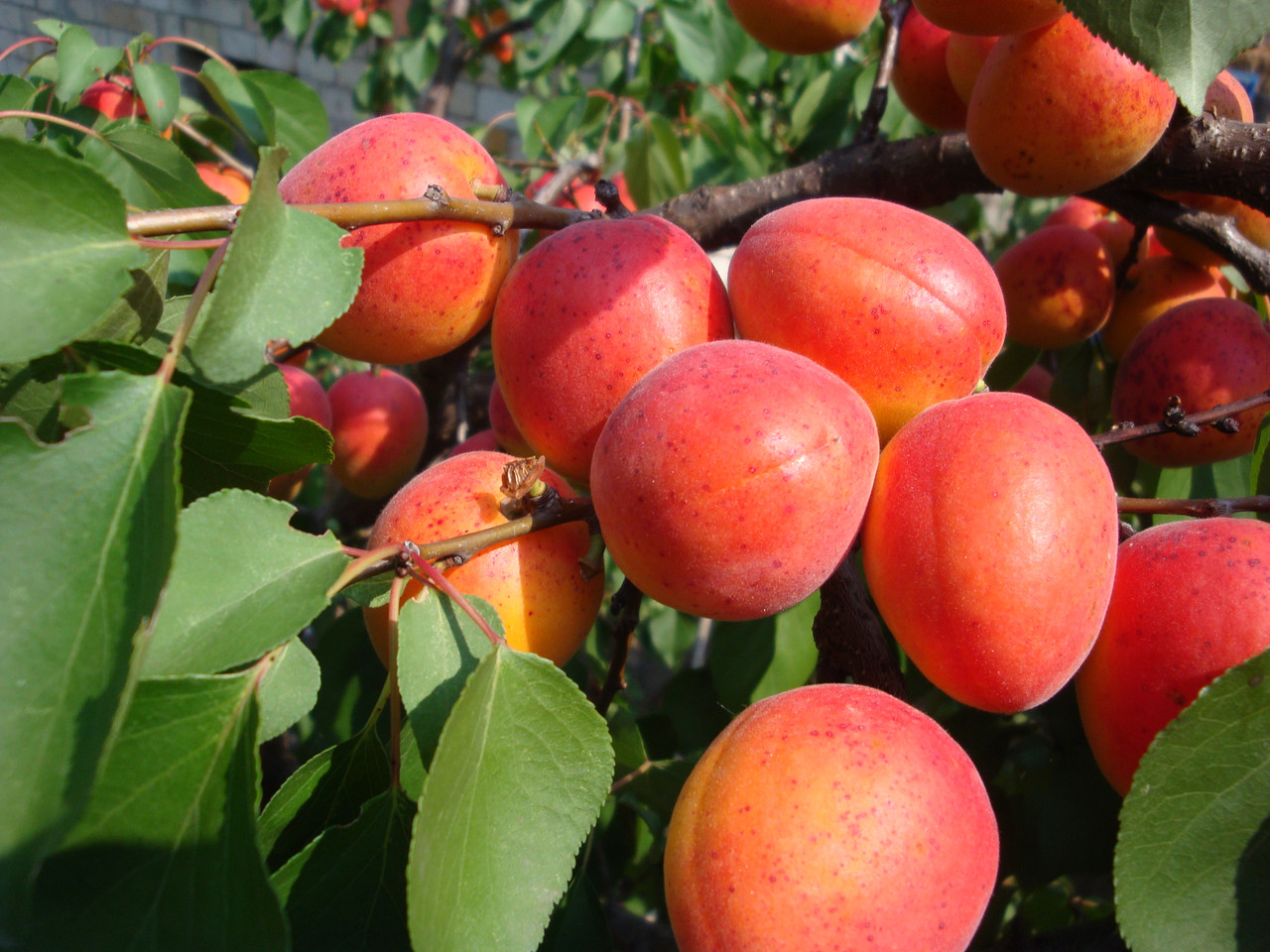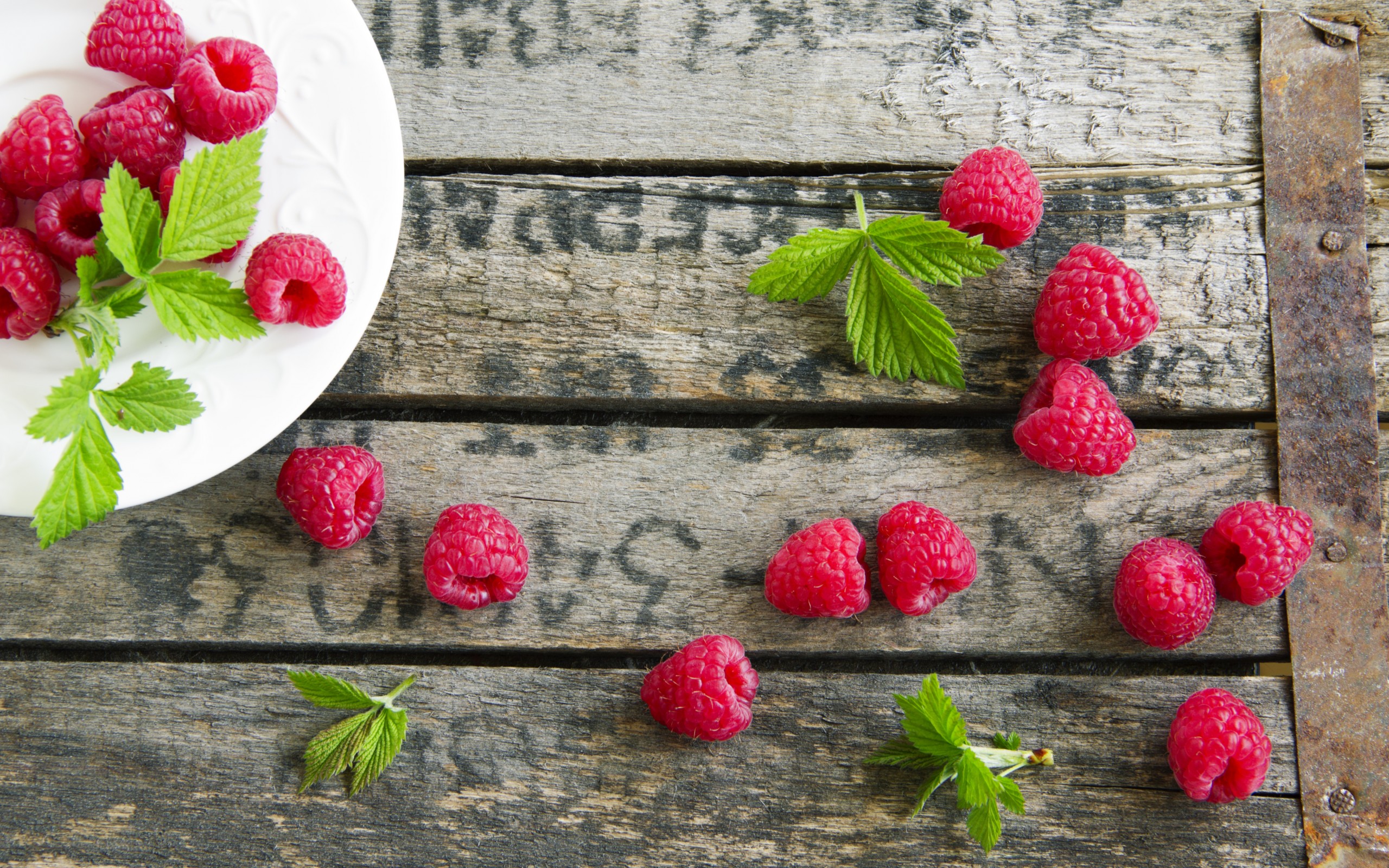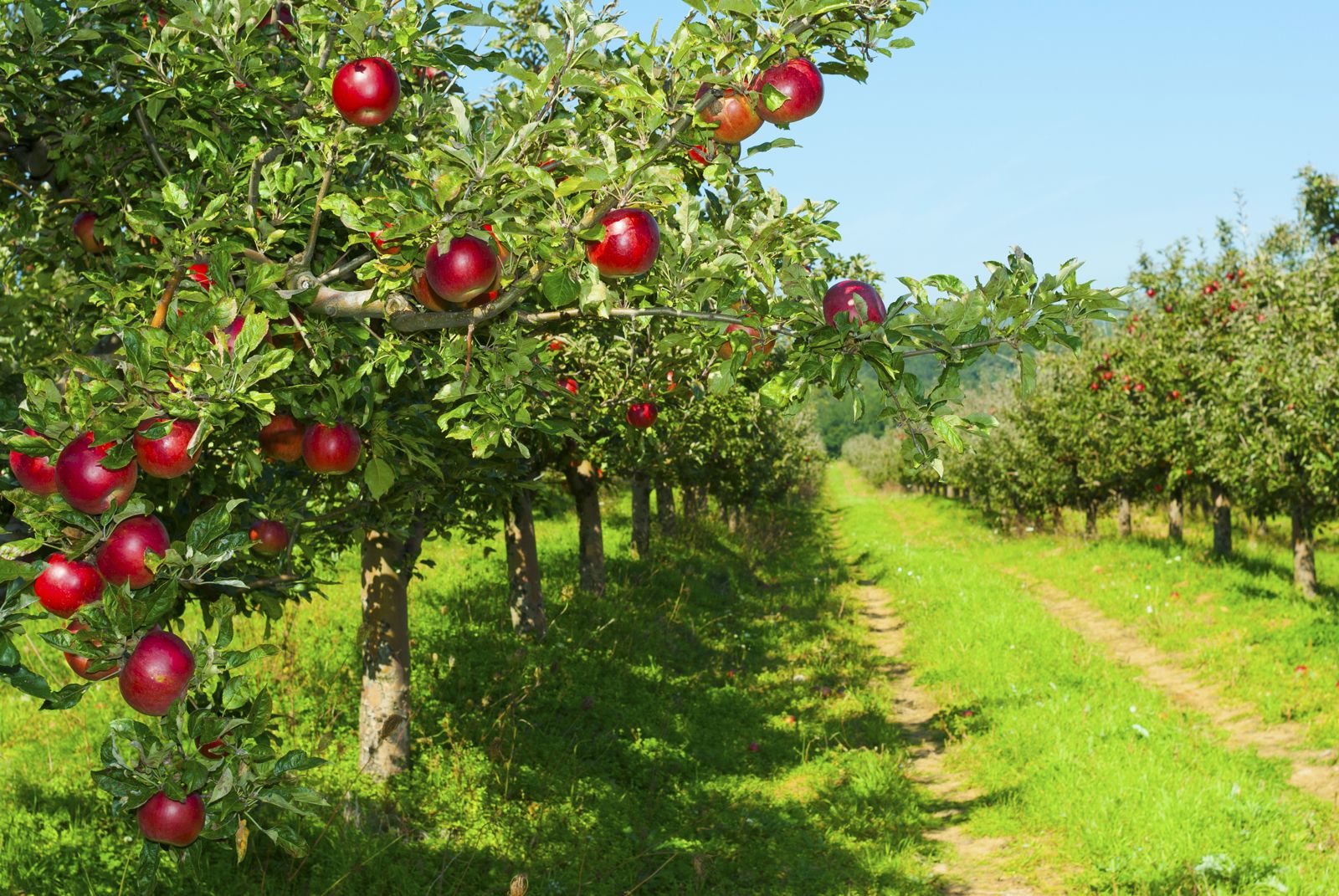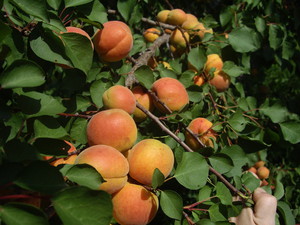 Until recently, the thermophilic apricot plant could only be grown in southern latitudes, which include Kalmykia, Dagestan, Stavropol and Krasnodar Territories. But thanks to the work of breeders, it became possible to grow apricots in the middle lane, and even in the north of Russia. Many gardeners from the Voronezh, Kursk, Tambov and Samara regions are already quite successfully growing crops in their gardens. Some varieties of apricots are also growing successfully in the south of the Moscow region.
Until recently, the thermophilic apricot plant could only be grown in southern latitudes, which include Kalmykia, Dagestan, Stavropol and Krasnodar Territories. But thanks to the work of breeders, it became possible to grow apricots in the middle lane, and even in the north of Russia. Many gardeners from the Voronezh, Kursk, Tambov and Samara regions are already quite successfully growing crops in their gardens. Some varieties of apricots are also growing successfully in the south of the Moscow region.
Content
The most hardy varieties of apricots
Apricots intended for cultivation in the Moscow region are capable of withstand a gradual decrease in temperatures and frosts down to -30C... They are hardy and resistant to almost all unpredictable weather conditions.
Red-cheeked
One of the most popular varieties that gardeners successfully grow on their plots. The variety is different:
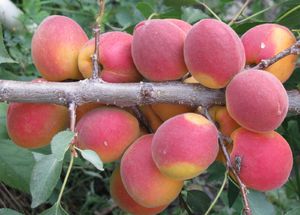 significant size;
significant size;- rounded and spreading crown;
- self-reliance;
- large-fruited and good yield;
- high resistance to various diseases;
- high winter hardiness.
The culture bears fruit in large round-flat or egg-shaped fruits, whose weight can reach 40-50 grams... The fruits have a golden-orange skin with a pronounced blush. Thin but dense skin is slightly pubescent. The light orange pulp tastes very pleasant and sweet or slightly sour. The bone is separated from it very well.
With proper planting and care, the variety begins to bear fruit in 3-4 years. Fruiting occurs on annual growths, spurs or bouquet branches. The fruits ripen by the end of July. Apricot Red-cheeked is unpretentious to soils.
The variety can be grown almost throughout Russia. The fruits tolerate transportation well and are used fresh or dried, as well as for making stewed fruit and jam.
Son of Red Cheek
Apricots of this variety are hybrids of the Krasnoschekiy variety... They differ:
- Strong trunk and well leafy dense oval-shaped crown.
- Slightly flattened round or oval fruits with a narrow seam and a delicate orange skin.
- Each fruit can weigh 30-35 grams. The largest fruits reach 60 grams.
- The bright orange pulp of the fruit has a sweet taste with notes of acidity and bitterness.
- The dense bone is oval and medium in size.
Even if during flowering there are slight drops in temperature and cooling, a third of the fertile buds from which fruits are formed will remain on the tree.
Since the large and sweet fruits of the Son of the Red-cheeked variety have strong flesh, they can be rolled into banks. Among the disadvantages of the variety, an irregular yield can be distinguished, which depends on sharp drops in temperatures to minus values.
Northern triumph
 The early variety Triumph Severny, obtained by crossing Krasnoschekiy and Severny varieties, was bred for the central black earth zone. It tolerates low temperatures with dignity, however, its cultivation in the gardens of the Moscow region has some difficulties.
The early variety Triumph Severny, obtained by crossing Krasnoschekiy and Severny varieties, was bred for the central black earth zone. It tolerates low temperatures with dignity, however, its cultivation in the gardens of the Moscow region has some difficulties.
The Northern Triumph is spreading plant... Therefore, when growing it, you need to pay attention to this aspect so that light-loving plants do not fall under its shading.
The variety is different:
- Round-oval large fruits, the weight of which can reach 55 grams.
- On the sunny side, the fruits have a yellow-orange color, on the shady side - a noticeable green.
- The apricot peel is of medium thickness and pubescent.
- The orange homogeneous pulp has a pleasant, sweet taste that melts in the mouth.
The Triumph Severny variety is distinguished by its excellent taste characteristics, high yield and horizontal resistance to diseases. The planted seedling, with proper care, will begin to bear fruit in four years.
Snegirek
This variety can be grown even in the Northern regions, since it is one of the leaders in winter hardiness. Therefore, in the conditions of the Moscow region, the apricot Snegirek is grown with success.
The variety is different:
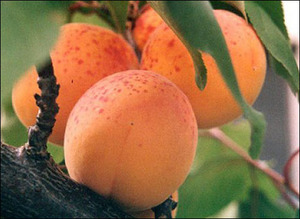 Only one and a half meters high. At the same time, up to 10 kg of fruit can be removed from one tree.
Only one and a half meters high. At the same time, up to 10 kg of fruit can be removed from one tree.- Increased elasticity of the fruit, which makes it easy to transport fruits and increases their shelf life.
- Self-fertility.
- Fruits with aromatic, juicy and sweet pulp. At the same time, some bitterness may be felt from the skin.
- Creamy fruit with a maroon blush.
- The small size of the fruit, the weight of which can be 15-18 grams.
- Unpretentiousness to soil.
Fruits ripen by about mid-August.
The disadvantages of the variety include the fact that it is unstable to some diseases. Most often, the tree is exposed to diseases such as moniliosis and leaf spot. Therefore, the culture must be given special attention in rainy weather, spraying the plant with drugs for these diseases.
Honey
The free pollination variety was bred thanks to the selection of K. K. Mullayanov. A tree up to four meters high bears fruit abundantly. Every year from him you can get up to 15-20 kg of harvest, which, due to the height of the tree, is very inconvenient to collect. In addition, the variety is different:
- Wide spreading crown.
- Small, isosceles, pubescent yellow fruits with small red dots. Each fruit weighs 15 grams.
- Yellow, dense, fibrous pulp with a sweetish taste.
- A round bone that easily separates from the pulp.
- High winter hardiness. The culture can withstand frosts down to -35C.
Fruits with excellent taste can be used both fresh and cook compotes and jam from them.
Russian
The variety will be an excellent choice not only for growing in the gardens of the Moscow region, but also in areas of central Russia. It has increased winter hardiness and high productivity. Apricot Russian is different:
- Medium-sized crown, with which it is very convenient to harvest.
- Squeezed from the sides by rounded, large fruits weighing 50 grams.
- Yellow-orange skin with a slight blush and slight pubescence.
- Yellow flesh that has a bright apricot aroma.
For processing, the fruits of this variety are practically not used, they are mainly used only fresh. Apricot Russian is able to withstand frosts at -30 degrees and is resistant to a number of diseases.
Hardy
The late-ripening variety belongs to the selection of the Nikitsky Botanical Garden. It is winter-hardy and very hardy in relation to subzero temperatures. These qualities apply not only to the tree itself, but also to the flower buds. That is why apricots of this variety are very popular among gardeners in the Moscow region.
The Hardy variety is characterized by:
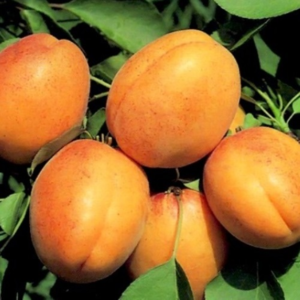 Large size and round crown of medium neglect.
Large size and round crown of medium neglect.- Excellent yield.
- Round-flat, medium-sized fruits, each weighing from 30 to 45 cm.
- A skin with minimal pubescence, which has a golden orange color and a bright carmine blush.
- Bright orange, aromatic flesh that tastes sweet and delicious.
- The bone is separated from the pulp very well.
Apricot seedling Hardy begins to bear fruit only in the fifth year, however, from each tree you can collect up to 60-80 kg of crop... The variety is resistant to disease and easily tolerates frost, since it has a thick bark. In this case, it is necessary to ensure that the branches of the trunk are not damaged.
The fruits can be eaten fresh, as well as cooked compotes and preserves from them and make dried fruits.
Apricot varieties for the Moscow region: reviews of gardeners
I always thought that apricots can only be grown in the southern regions. So when my husband bought the seedlings three years ago, I thought it was a waste of money. But this year we have harvested a real crop of these amazingly tasty fruits on our site. Every year, when young trees bloomed, I admired them and consoled myself that if there were no fruits, then apricots would bloom beautifully. But this year ovaries appeared on the trees. I was very worried and thought that they would disappear, however almost all ripened... The apricots are fully ripe on July 16. There were so many of them that we ate ourselves and treated all our friends to them.
Seedlings of the Son Krasnoshchekogo variety were purchased in spring with an open root system. We planted them by the fence so that the graft was on the south side. Then the seedlings were watered with water, and further care for them was minimal. Since they grew far from the water supply system, we did not water them very often. For the winter, they did not cover or cut anything. Also, during this time, the apricot trees have never been fed. This year we bought and planted one more seedling.
The tree of this variety is tall, spreading and thorny. Located on a long trunk, short branches are sharp as thorns. The tree grows very quickly, and takes up quite a lot of space, so this moment must be taken into account when planting an apricot. The seedlings have never been sick with anything, perhaps because in our area there are no those pests that are in the south. Only once it is not clear why one seedling suddenly burned out. But after a while above the vaccinations on it new branches began to grow... And this year we removed sweet apricots from this tree. Therefore, in my review I want to say that gardeners are not afraid to plant apricots in the Moscow region. They grow well with us!
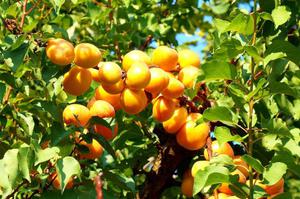 I bought three-year-old apricots Triumph North in September. I just saw late that there was a wonderful nursery on the way to our dacha. As a result, planted in October without any special fertilizers. I poured only a bucket of good humus into each pit. By winter, the seedlings were almost completely painted with special paint. The leaves did not fly around until Novemberso I cut them off myself. I did not cut anything.
I bought three-year-old apricots Triumph North in September. I just saw late that there was a wonderful nursery on the way to our dacha. As a result, planted in October without any special fertilizers. I poured only a bucket of good humus into each pit. By winter, the seedlings were almost completely painted with special paint. The leaves did not fly around until Novemberso I cut them off myself. I did not cut anything.
In vain I made near-trunk circles, since water began to collect in them in the spring. I had to destroy. In the spring, even before the thaw, I tinted the seedlings and wrapped them in non-woven fabric. He began to form the future crown, and cut off the non-bud branches. The fruits that were born began to sell, so no one believes that they are of their own harvest. Their taste is sweet, with a slight sourness. I don't really like these, I like sweets more. They buy up my apricots willingly.
I have several apricot trees growing on my site. I raised two of them from seeds, and one tree of the Krasnoshekiy variety was grafted. The most unpretentious were those grown from seeds. They have the same, oddly enough, large fruits... The only problem is that apricots grow on one tree, the stone of which does not want to be separated from the fruit. The grafted seedling will get sick with something, then it will freeze. The fruits on it are tasty, beautiful and large, but there are very few of them.
